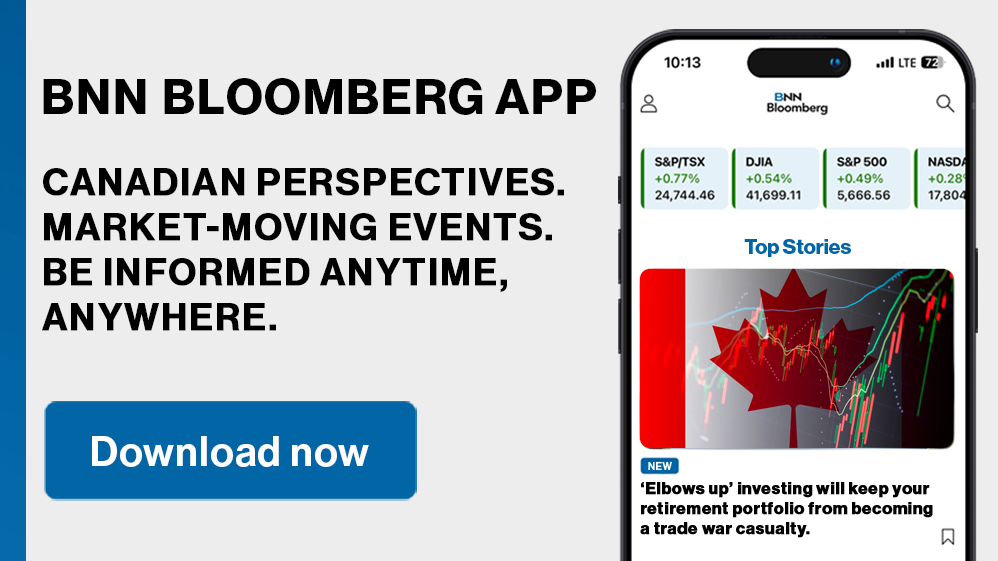2024 is proving to be a great year so far for Canadians who have diversified their portfolios beyond Canada.
The S&P 500 Index, the benchmark for global stocks, has advanced by over 17 per cent in the first six months of the year. The main driver has been technology; specifically, the semiconductor sector, which has skyrocketed by 69 per cent as markets realize the potential of artificial intelligence.
In comparison, the S&P/TSX Composite Index is merely posting a good performance at the halfway point of 2024 thanks to a recovery in resource prices like crude oil.
The Canadian benchmark has advanced by nine per cent as financial stocks - the other heavyweight sector in Canada - continue to lag.
Measuring up with the broader markets
If your investment portfolio is properly diversified across the major sectors and geographic regions, you should be seeing decent gains at this point in the year.
How big those gains are depends on how aggressively you invest.
Investors with a low tolerance for risk, especially those near or in retirement, will often tilt their asset mix toward fixed income to create a cushion against volatility in equities.
Thanks to a massive hike in interest rates at the start of the decade, fixed income such as guaranteed investment certificates (GICs) are currently yielding over five per cent annually. That level of performance is okay but it’s been a drag on equities so far this year.
On the bright side, the same yields will continue if stock markets turn south in the second half of the year.
Balancing and diversifying
If your portfolio performance is stronger than the broader benchmark you are probably exposing your savings to too much risk.
A qualified investment advisor can help rebalance your portfolio to minimize risk and maximize opportunity over the long run by shifting assets from high-growth areas like technology to lagging sectors with growth potential, or fixed income.
If your portfolio is lagging far behind the benchmarks, or showing a loss in the first half of this year, it is probably not properly diversified - or you have a bigger problem.
Markets are relatively quiet during summer, which makes it an ideal time to meet with, or find, a good advisor.
Boost returns through tax efficiency
Even the best investments won’t prevent a portfolio from being bogged down by taxes. A qualified advisor can also help keep more of your investment dollars invested by devising a tax strategy that balances investments between a registered retirement saving plan (RRSP), a tax-free savings account (TFSA), or non-registered accounts when they have exceeded their allowable limits.
RRSP contributions can be deducted from income, which is taxed at the plan holder’s highest marginal rate. The smaller the income, the lower the marginal rate, and the smaller the tax savings from an RRSP contribution.
Since RRSP contributions and any gains they generate over the years are fully taxed when they are withdrawn, better tax savings could be achieved in a tax-free savings account. You can’t deduct TFSA contributions from income but withdrawals are never taxed.
Having a significant portion of your savings in a TFSA will allow you to make smaller withdrawals from your RRSP at a lower taxable rate in retirement, and withdraw any other income you need tax-free.
Boost returns by keeping fees low
Any portfolio review should include a review of fees. If your portfolio is balanced with the broader markets but performance is still lagging, fees could be the culprit.
Fees on some mutual funds could be higher than three per cent, which means annual returns would need to exceed eight per cent to generate a five per cent return.
Speak with your advisor about fees, understand how they work and ensure they are adding to the overall value of your portfolio.













